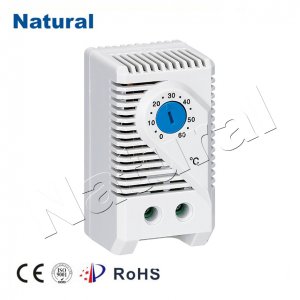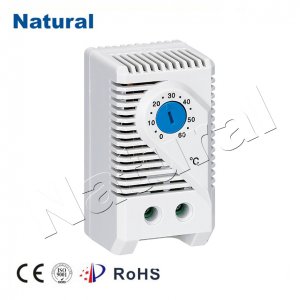In today’s fast-paced technological world, ensuring the safety and reliability of electrical and electronic equipment is more critical than ever. A vital component in maintaining optimal operational conditions for such equipment is the cabinet thermostat. These devices are designed to regulate the temperature within enclosures, preventing overheating and ensuring efficient functioning. Whether in data centers, industrial machinery, or telecommunications equipment, a cabinet thermostat plays an essential role in maintaining a stable environment for sensitive devices. This article explores the function, types, benefits, and importance of cabinet thermostats.

What is a Cabinet Thermostat?

A cabinet thermostat is a temperature control device typically used in equipment cabinets, enclosures, or control panels to monitor and regulate internal temperatures. These thermostats are crucial for keeping the environment within the enclosure within an acceptable temperature range, preventing overheating or undercooling that could damage sensitive electronics. A cabinet thermostat is generally installed in a sealed cabinet or enclosure containing electrical components, such as servers, industrial control panels, or telecommunications equipment. It works by measuring the internal temperature and activating cooling systems such as fans, air conditioners, or ventilation systems when the temperature rises above a set threshold.
